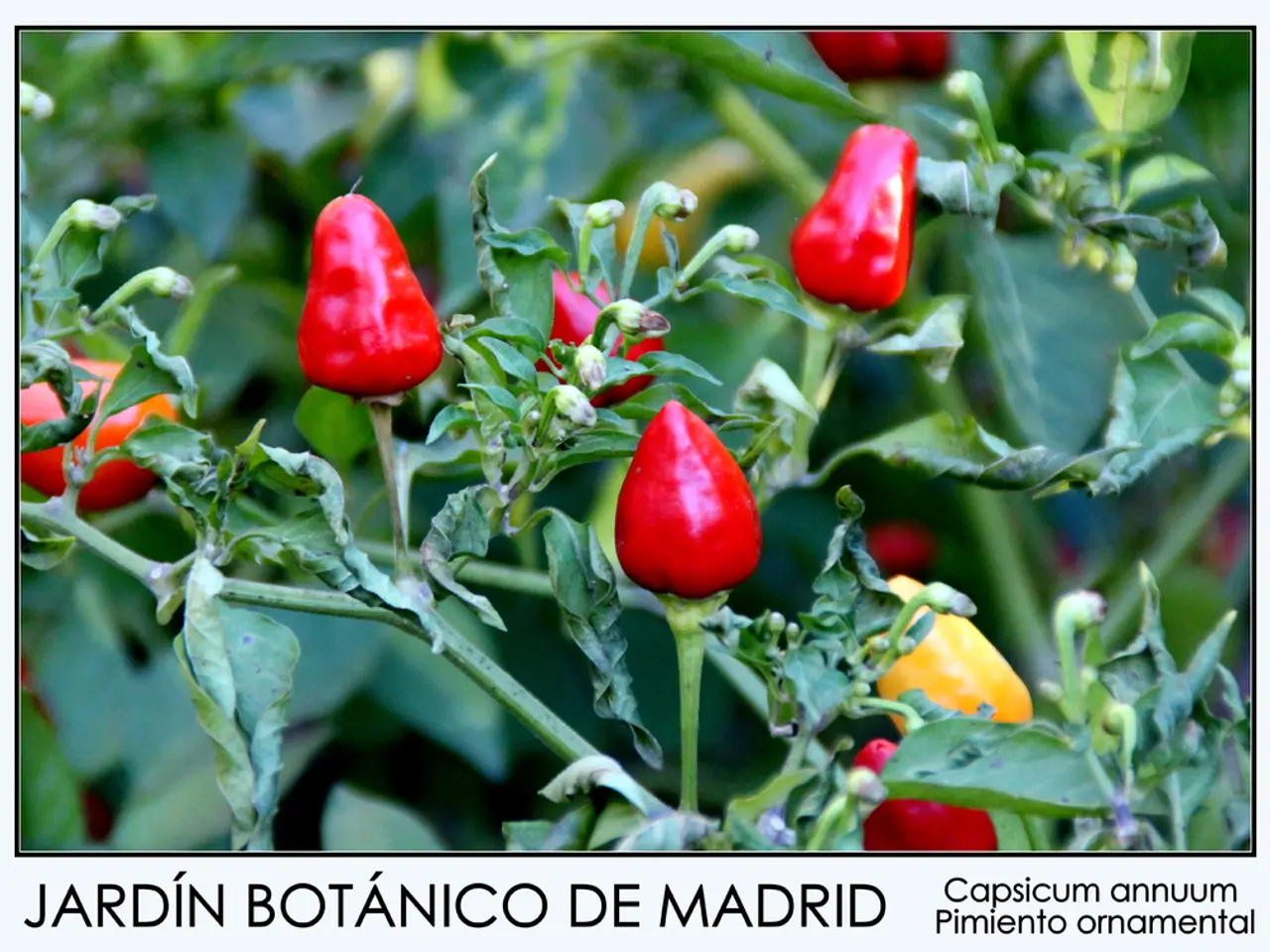Plant Ailments Caused by Nematodes
Plant-parasitic nematodes pose a significant threat to agriculture and horticulture worldwide. These microscopic organisms feed on the roots of plants, causing a range of symptoms that can lead to reduced growth, yield, and even plant death. Here's a comprehensive guide on these nematodes, their symptoms, dissemination methods, and control strategies.
Common Nematode Species
Common and damaging plant-parasitic nematode species include root-knot nematodes (Meloidogyne spp.), cyst nematodes (Heterodera spp.), lesion nematodes (Pratylenchus spp.), false root-knot nematodes (Nacobbus aberrans, Meloidogyne fallax), southern root-knot nematode (Meloidogyne incognita), reniform nematode (Rotylenchulus reniformis), sting nematode (Belonolaimus longicaudatus), and foliar nematode (Aphelenchoides besseyi).
Symptoms
Typical symptoms caused by these nematodes often include root galls and deformities, lesions and necrotic root tissue, brown patches and reduced vigor, foliar symptoms like yellowing, leaf spots, wilting, or growth stunting, and general plant growth reduction due to root damage and impaired nutrient/water uptake.
Dissemination Methods
Dissemination methods vary by species but commonly include movement through soil water films and migration in soil, spread through rain splash or water layers conveying foliar nematodes to plant shoots or leaves, transmission via contaminated plant material, soil, or crop debris, long-term survival in anhydrobiotic (dormant) states in soil or crop residues, and some nematodes penetrating plants through natural openings such as stomata (in the case of foliar nematodes).
Control Strategies
Control strategies for plant-parasitic nematodes generally involve crop rotation with non-host plants to reduce nematode populations, use of nematode-resistant or tolerant plant varieties, particularly important for crops like sweetpotato, soil solarization or heat treatments to reduce nematode loads in the soil, organic amendments and biofumigation using certain cover crops or organic matter to suppress nematodes, chemical nematicides, though usage is increasingly regulated and may have environmental restrictions, sanitation practices to avoid spreading infested soil or plant materials, and monitoring soil nematode populations to guide management decisions.
Specific Examples
- Southern root-knot nematode (Meloidogyne incognita) is a key pest of sweetpotato, causing root galling and yield loss.
- False root-knot nematodes (Nacobbus aberrans, Meloidogyne fallax) attack root and tuber crops causing root galls and deformities.
- Foliar nematode Aphelenchoides besseyi infects aboveground parts, entering via stomata and causing foliar diseases such as GSFR syndrome in soybean.
- Sting nematode causes damage to a wide range of crops and is prevalent in some regions with sandy soils.
Preventive Measures
Soil can be treated with a fumigant before planting, or steam-pasteurized at 82 degrees C (180 degrees F) for about 30 minutes. In most countries, government nursery inspectors condemn and destroy any nursery stock showing evidence of nematode infestation. For nursery operations, use benches raised off the ground and pot plants only into pasteurized soil mixes. Keep containers, bins, benches, and flats clean. Fumigate outdoor growing fields where nursery stock will be grown.
[1] Reference 1 [2] Reference 2 [3] Reference 3 [4] Reference 4 [5] Reference 5
Read also:
- Challenging Lilly's dominance in the obesity drug market, five new oral medications are causing a stir. Orforglipron, Lilly's trademark drug, faces stiff competition.
- Bowel Cancer Stool Indications and Prognosis
- Foreign Labor Conditions Amid High Temperatures: An Overview
- The Mystery Behind Their Attractiveness Unveiled





